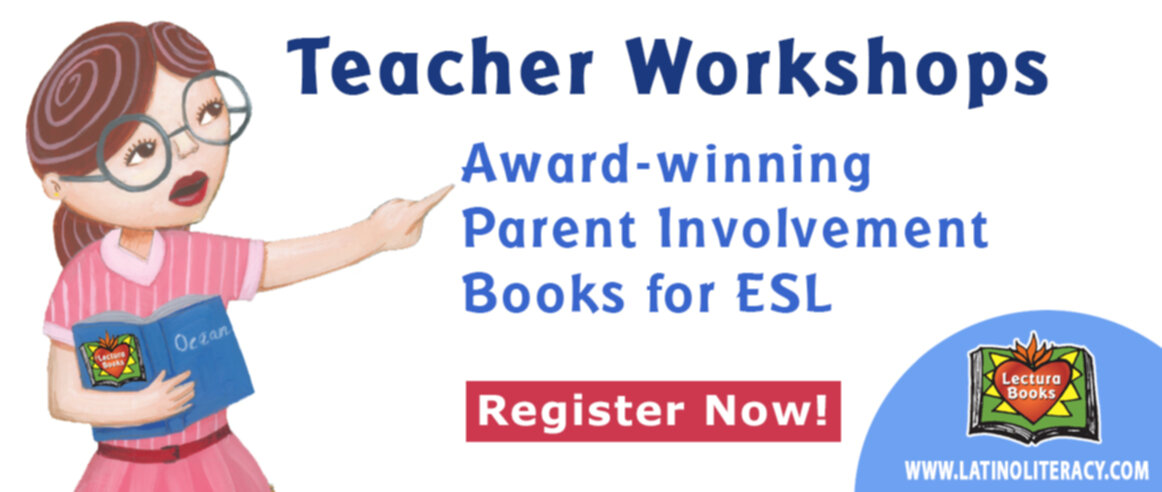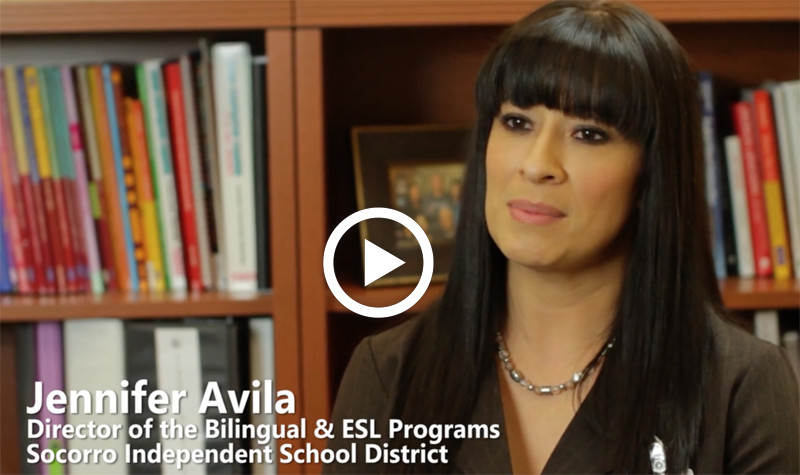Every Student Succeeds Act – ESSA
In December of 2015, President Obama signed the Every Student Succeeds Act (ESSA), the latest update to federal education law and a bipartisan bill that aims to repair “the overuse of standardized tests and one-size-fits all mandates” and to empower “states and school districts to develop their own strategies for improvement.” One provision of ESSA which could potentially create powerful change for some underserved populations is that in 2017-18, states can award up to 3 percent of their Title I funds to districts for providing direct student services (Title 1 provides funding to schools with high numbers or percentages of children from low-income families). Direct Student Services (DSS) come in a diverse range of forms and applications, ranging from personalized tutoring to expanded technology access to broader advanced class offerings and credit-recovery programs for students who are struggling. According to Ed Excellence, based on 2017 estimates, the DSS funding from Title 1 “ranges from just over $1 million in Wyoming to over $54 million in California.”

Chiefs for Change is a non-profit network of state and district education leaders which campaigns for student and family centered education policies and reforms, such as increased parental choice. Chiefs for Change created a helpful policy brief on this provision of ESS. The brief shares that there are six basic steps for schools to take when they want to implement DSS using Title 1 funds: the state consults with school districts, the state develops a local application, the state awards competitive grants to districts, the districts choose the specific types of DSS they need to and will offer, the districts identify eligible providers, the families of eligible students choose DSS services, and the states and districts provide oversight. Education Post shares in an article that ESSA “gives states the ability to set meaningful, performance-based criteria for programs, ensure coordination, and leverage broader state initiatives.” States will have to prioritize schools that are in high need of intervention. Districts will choose whether to apply for the funds and how to spend them, with state guidance.
The fact that parents and families can choose the services that best aid their student is an empowering attribute of this program for families of struggling or underserved students. Their students will have access to increased personalized learning opportunities, career and technical education (CTE) courses, and AP courses, offered online, in-person, and through blended courses.
The Latino Family Literacy Project specializes in dealing with students from low income families. If you’re interested in implementing a student-parent program at your school, check out our website. We offer both in-person workshops and online training.
Socorro ISD has implemented The Latino Family Literacy Project at their school and has reaped great benefits from the program. Here is a testimonial video from them showing the success they had with the parent programs.

